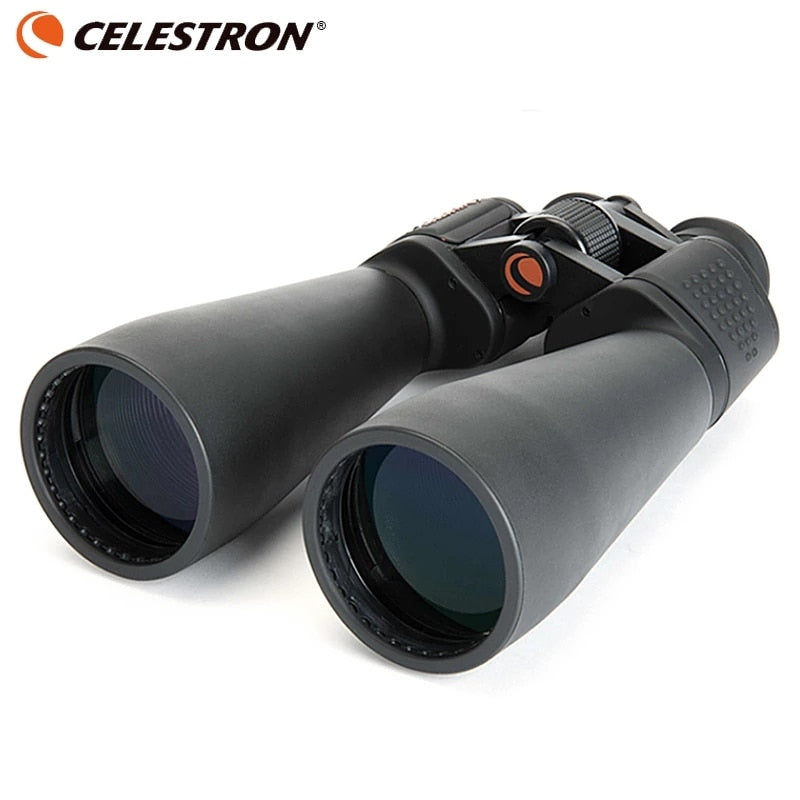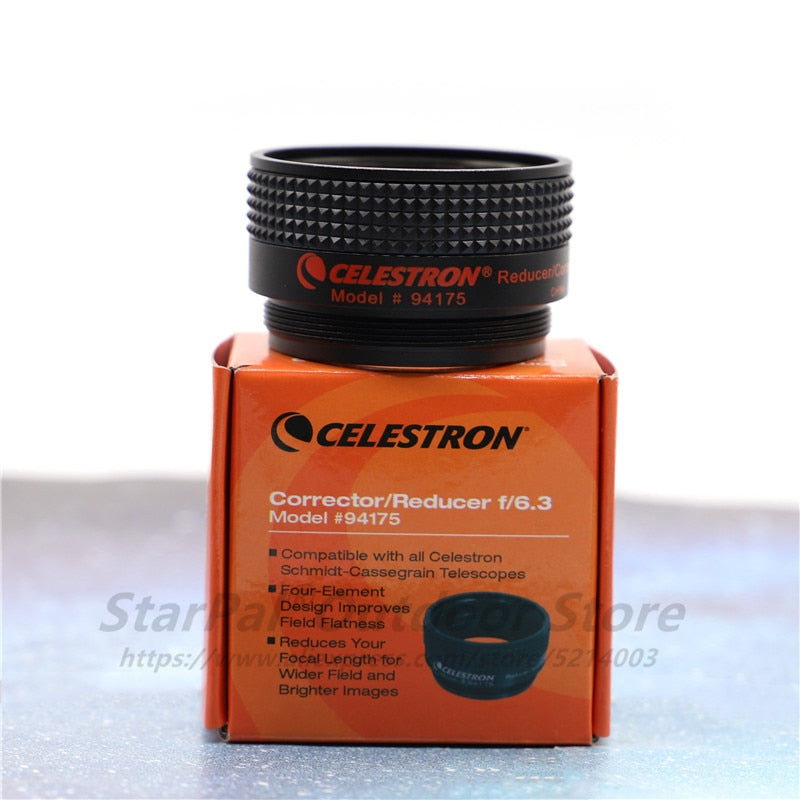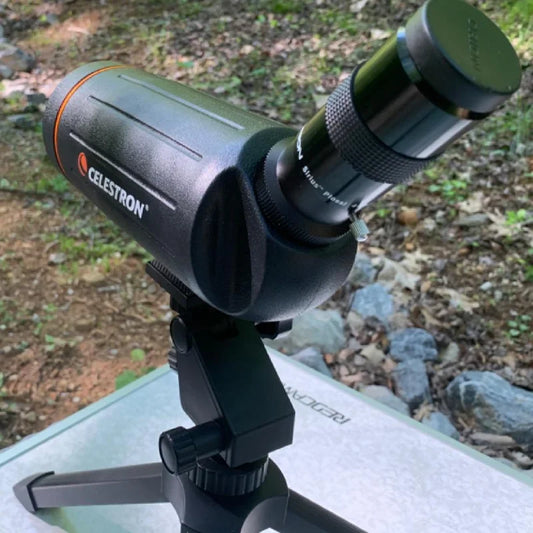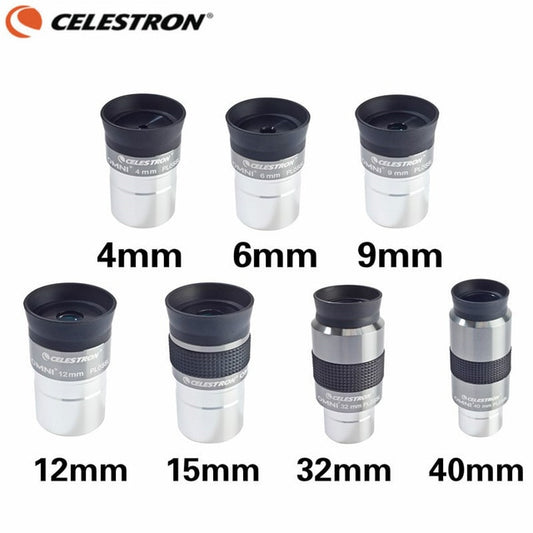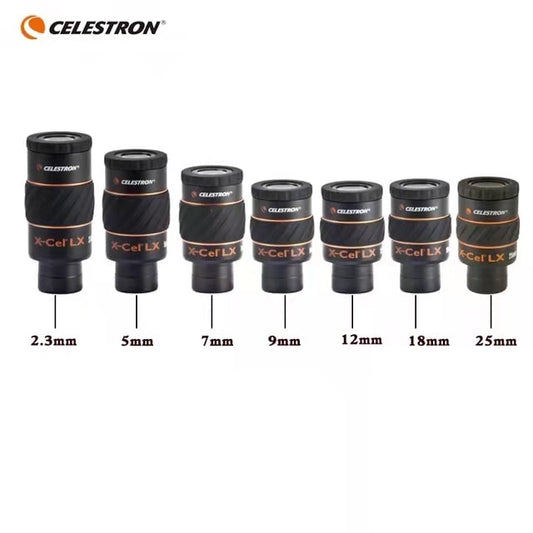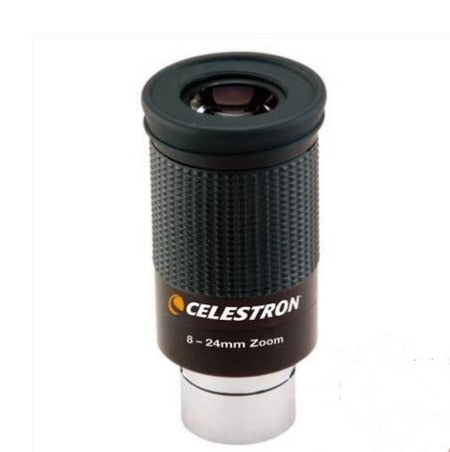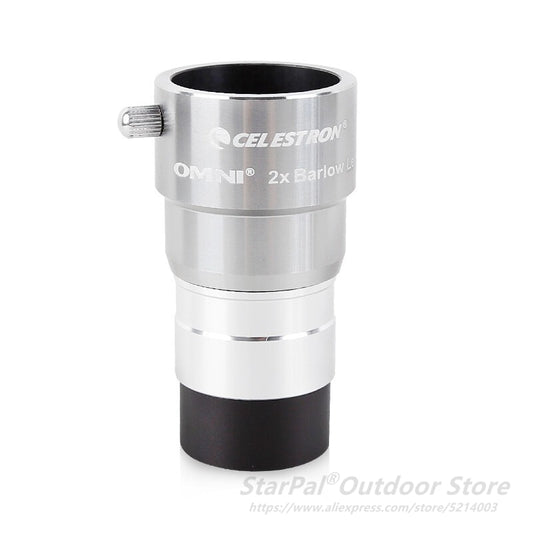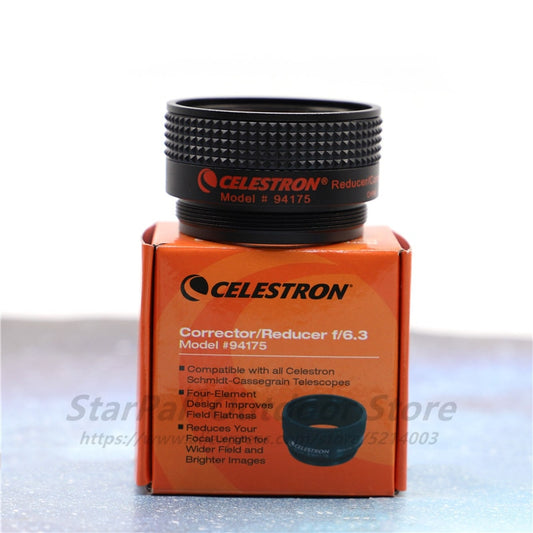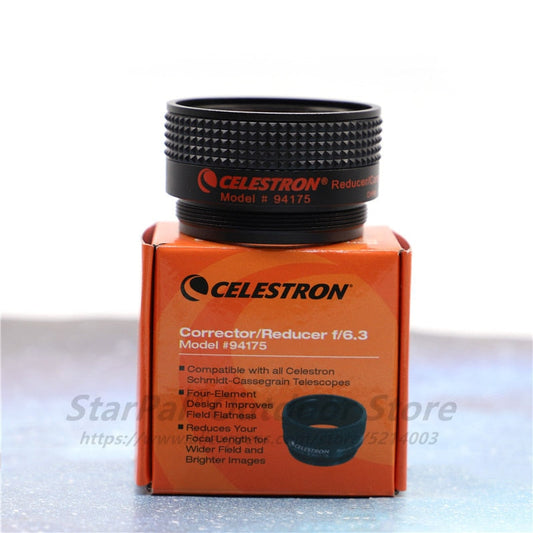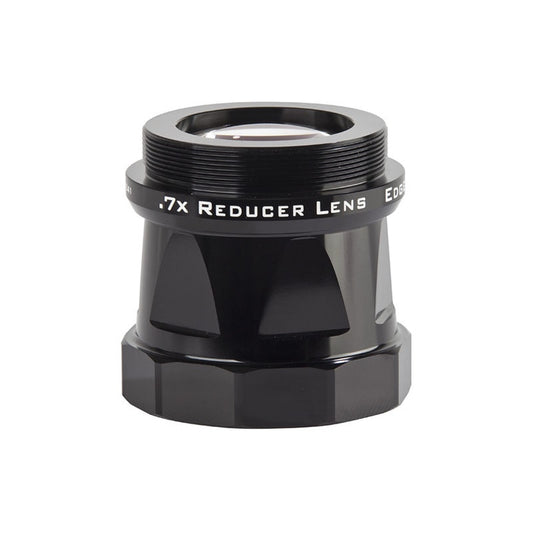If you're a beginner in astronomy and have just purchased a Celestron telescope, you might be wondering how to use it effectively. A telescope can be an incredibly rewarding tool for observing the night sky, but it can also be daunting if you're not familiar with how to set it up and use it correctly. In this article, we'll go through some essential tips on how to use a Celestron telescope for beginners.
1. Set Up Your Telescope Correctly
The first and most crucial step is to set up your telescope correctly. This process includes assembling the telescope and mounting it to its tripod. Most Celestron telescopes come with clear instructions that are easy to follow. Make sure you read them carefully before starting, and take your time with the setup to avoid any mistakes.
2. Familiarize Yourself with Your Telescope's Components
Before you start observing, it's essential to understand the different components of your telescope. Celestron telescopes have various parts, such as the eyepiece, finder scope, and focuser, each with a specific function. It's important to know how to use these components correctly to achieve the best results.
3. Start with the Moon and Planets
The Moon and planets are great targets for beginners as they are easy to find and observe. Start by focusing on the Moon and experiment with different eyepieces and magnification levels to get the best view. You can also observe planets like Jupiter, Saturn, and Mars, which are visible with the naked eye.
4. Use a Star Chart or App
To locate stars and other celestial objects, you'll need a star chart or a smartphone app. A star chart is a map of the night sky that shows the location of stars and constellations. You can also use a smartphone app like SkySafari or Star Walk to identify stars and planets, and get real-time information on the night sky.
5. Experiment with Different Eyepieces
Celestron telescopes come with different eyepieces that can provide varying levels of magnification. Experiment with different eyepieces to find the best one for the object you're observing. A general rule of thumb is to use a lower magnification for larger objects like the Moon and planets, and a higher magnification for smaller objects like stars and galaxies.
6. Use a Filter
Celestron telescopes also allow you to use filters to enhance your viewing experience. Filters can reduce light pollution, increase contrast, and enhance color. A Moon filter can also reduce the brightness of the Moon, making it easier to observe. Experiment with different filters to see how they affect your view.
7. Practice Patience
Observing the night sky takes patience and practice. Don't get discouraged if you can't find the object you're looking for right away. Keep practicing, and eventually, you'll become more familiar with the night sky and how to locate different objects.
In conclusion, using a Celestron telescope for beginners requires patience and practice. Start by setting up your telescope correctly and familiarizing yourself with its different components. Use a star chart or app to locate objects and experiment with different eyepieces and filters to enhance your viewing experience. With these tips, you'll be able to observe the night sky and discover its wonders.
More Celestron Topics:
- Best Celestron Telescope for Astrophotography
- Best Celestron Refractor Telescope
- Celestron Astromaster 130EQ Review
- Celestron PowerSeeker 127EQ Telescope Review
- Celestron Travel Scope 70 Review
- Celestron Astromaster 70AZ Telescope Review
- Celestron NexStar 8SE Computerised Telescope Review




